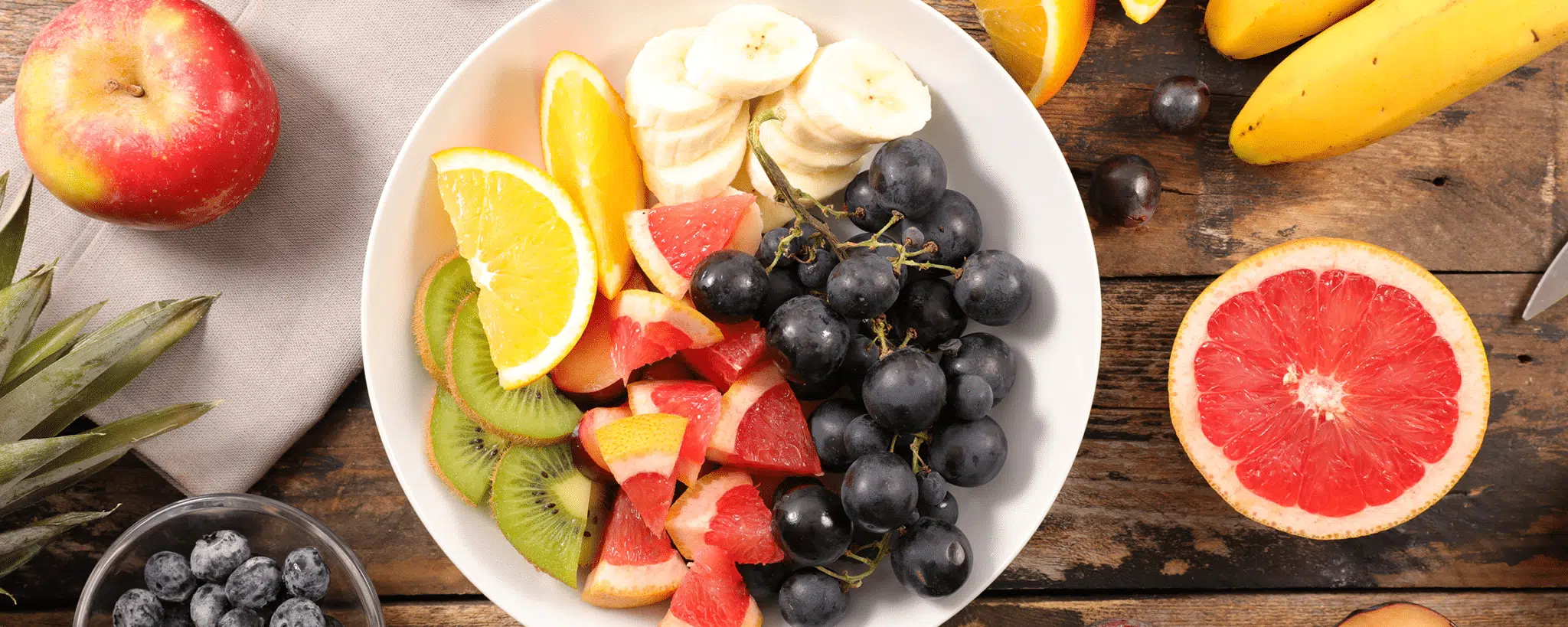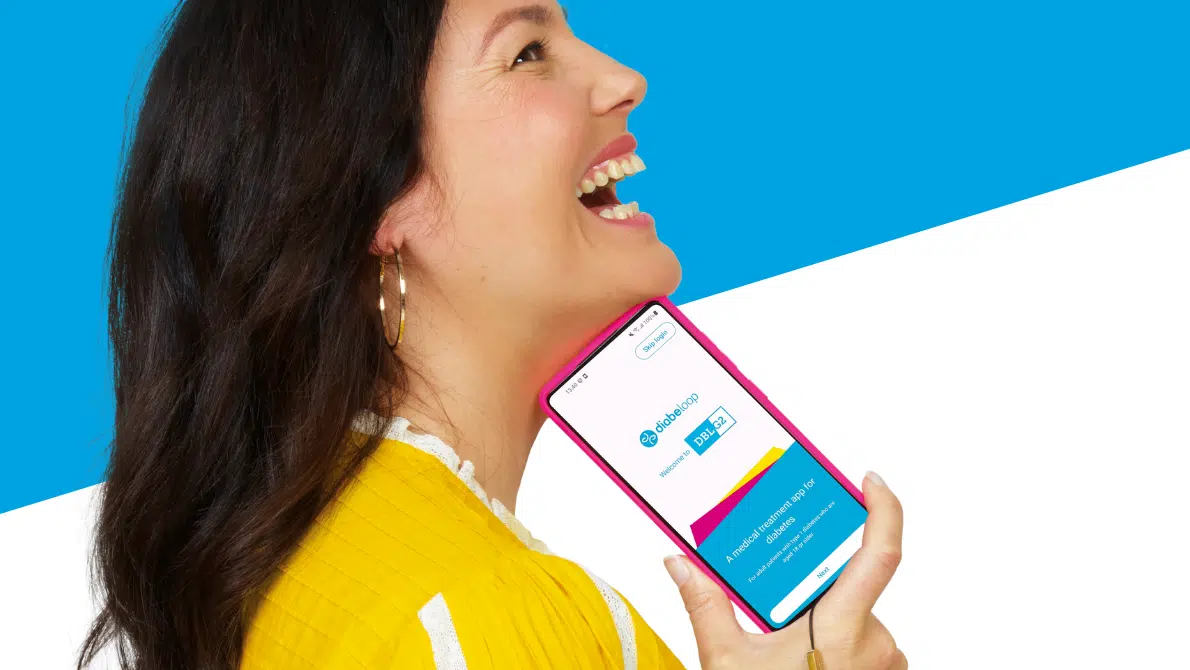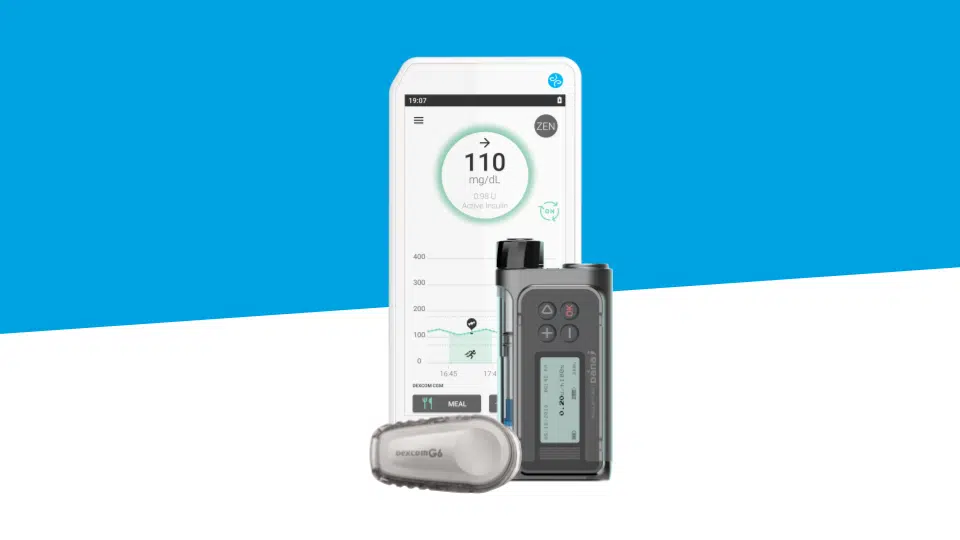
Intermittent fasting with Type 1 diabetes: all you need to know
For religious, philosophical or personal reasons, many people turn to fasting. Once an ancestral method of self-healing, fasting is becoming increasingly popular. The reasons for this appeal? It is attributed many benefits: rest of the digestive system, elimination of toxins, purification of the body… However, fasting and the food disruption it causes puts the body in a severe challenge. This is the case for everyone and perhaps even more so when you have Type 1 diabetes.
So what type of fasting can be practiced when you have Type 1 diabetes? What are the risks? How can you keep your blood sugar levels on track? Find out everything you need to know before you start!
The different types of intermittent fasting
The general principle of intermittent fasting is to abstain from eating for a limited time (a few hours to a few days), while continuing to hydrate with non-caloric drinks (water, tea and coffee without sugar, broth…). From a medical point of view, the fasting period begins at the sixth hour after the last meal. So you are already fasting without knowing it, sleeping at night!
There are generally 3 main types of time-restricted fasting:
- Alternative fasting: consisting of unrestricted feeding days and fasting days, once or several times a week. These are, for example, the famous detox cures, after a festive weekend or during a diet.
- Modified fasting: also called 5:2 fasting, practiced two days a week over a period of 12 to 24 hours. Its main objective is to reduce caloric intake by about 25%.
- 16:8 Fasting: Perhaps the best known of all, it is a method of accumulating all nutritional intake over a single period of the day. The 16/8 diet, particularly popular with athletes, corresponds to 16 hours of daily fasting.
But also:
- Ramadan fasting: lasting for one month every year, Ramadan does not allow people to drink or eat from sunrise to sunset. Food consumption is therefore concentrated during the night period.
- Carbohydrate abstinence: mainly carried out in hospitals, it makes it possible to determine precisely the person’s daily insulin needs. This is an essential step in learning functional insulin therapy for people living with insulin-dependent diabetes.
What food to break the fast?
Each person has their own metabolism. For this reason, the composition of meals to break the fast differs from one individual to another. As we know, in the case of Ramadan, fasting is usually broken by several meals that focus on foods high in sugar and fat. Doesn’t make BG management easy! Limiting snacking between meals, hydrating abundantly with unsweetened drinks and closely monitoring your blood sugar levels can nevertheless help you enjoy these moments of conviviality while limiting the risks.
Overall, it is advised to:
– favour healthy cooking (roasting, steaming, grilling)
– consume foods from each food group (cooked or raw fruits and vegetables, starches, proteins, dairy products)
– prefer legumes (lentils, chickpeas), complex carbohydrates (brown rice, wholemeal bread)
Precautions to take for intermittent fasting with Type 1 diabetes
It is usually recommended to avoid fasting with Type 1 diabetes. If you choose to fast anyway for spiritual or personal reasons, it is essential to seek advice from your healthcare provider. Together, you can define the best strategy and make sure there are no contraindications related to your treatment or medical condition.
Thus, it is strongly recommended to strengthen blood glucose monitoring to anticipate risks. Mainly:
– dehydration
Do not hesitate to break the fast when your sugar level is too low or as soon as you feel signs of hypoglycemia or hyperglycemia. And remember to keep your favorite sweets ready to treat a low!







